A 15-Year NYFW Veteran Spills Fashion Week Secrets

While some claim the December holidays are the greatest time of year, it’s my personal belief that fashion week has them beat. As a former fashion publicist and events producer turned writer, I’ve witnessed the evolution of NYFW across more than two dozen seasons. Even now, the magic remains. There’s an air of mystery around what goes on at fashion week, so I’m dispelling the myths as we enter another season.
A 15-Year NYFW Veteran Spills Fashion Week Secrets
Fashion month is more accurate
Insiders know “fashion week” is actually a marathon of international fashion weeks, stretching to just beyond a month. While Paris, New York, London, Milan, and then Paris (again!) are on the official calendar, a constellation of smaller fashion weeks also take place in cities like Berlin, Copenhagen, and Tokyo.
Fashionably late isn’t just an expression
It’s surprising how often NYFW events run behind schedule. It’s no one’s fault, but it’s important to remember that time is not of the essence during fashion week. Any number of factors—from backstage issues to venue complications—can cause delays, so it’s best not to overbook.
Runway shows are very short
Ironically, despite months of meticulous preparation leading up to each show at fashion week, the event itself typically culminates in just seven to ten minutes of runway magic. If you find yourself thinking, “That’s it?!” as the designer takes their final bow, rest assured—you’re not alone.
Not all events are runway shows
While the mental image of NYFW often conjures a high-fashion runway show, that’s not always the case. Today, many designers are stepping outside of the traditional runway format, opting instead for immersive presentations that tend to last longer and accommodate larger audiences.
Related: 15 Podcasts About Beauty and Fashion
Location is a wildcard
If your knowledge of NYFW comes from Gossip Girl, it might be a shock to learn that the shows no longer take place in Bryant Park or Lincoln Center. In fact, there’s no longer a true centralized location, which makes getting from show to show even more difficult.
You probably can’t buy what you see at NYFW
Falling in love with the latest Proenza Schouler look? Tough luck—chances are, it won’t ever be made, at least not in the version shown on the runway. Instead, designers use their shows to convey a vibe, which then informs the specific pieces that eventually make it to retail.
Six months ahead
Speaking of seasons, fashion week operates a full season ahead, meaning designers showcase Fall/Winter collections in February and Spring/Summer in September. Confusing? Perhaps, but it’s all based on the retail calendar, giving buyers the lead time they need to stock next season’s styles.
Street style isn’t what it used to be
This is subjective, but in the last decade, street style has exploded into a cottage industry of its own, taking away almost all authenticity. The best looks are curated by a designer and strategically gifted to influencers and brand ambassadors ahead of their shows. The rest of what gets photographed is typically a chaotic spectacle, designed by onlookers who aren’t actually attending any of the shows themselves.



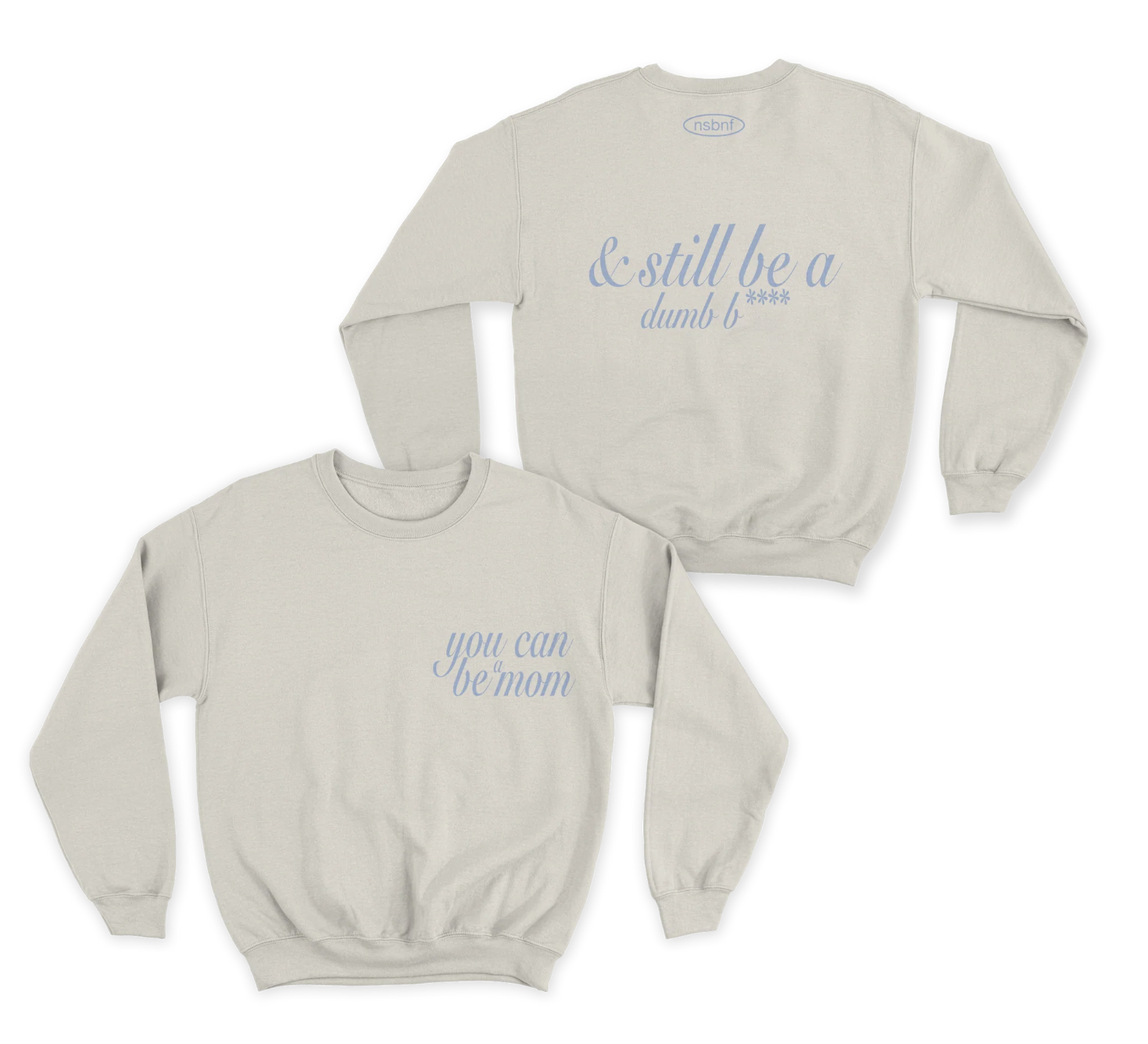
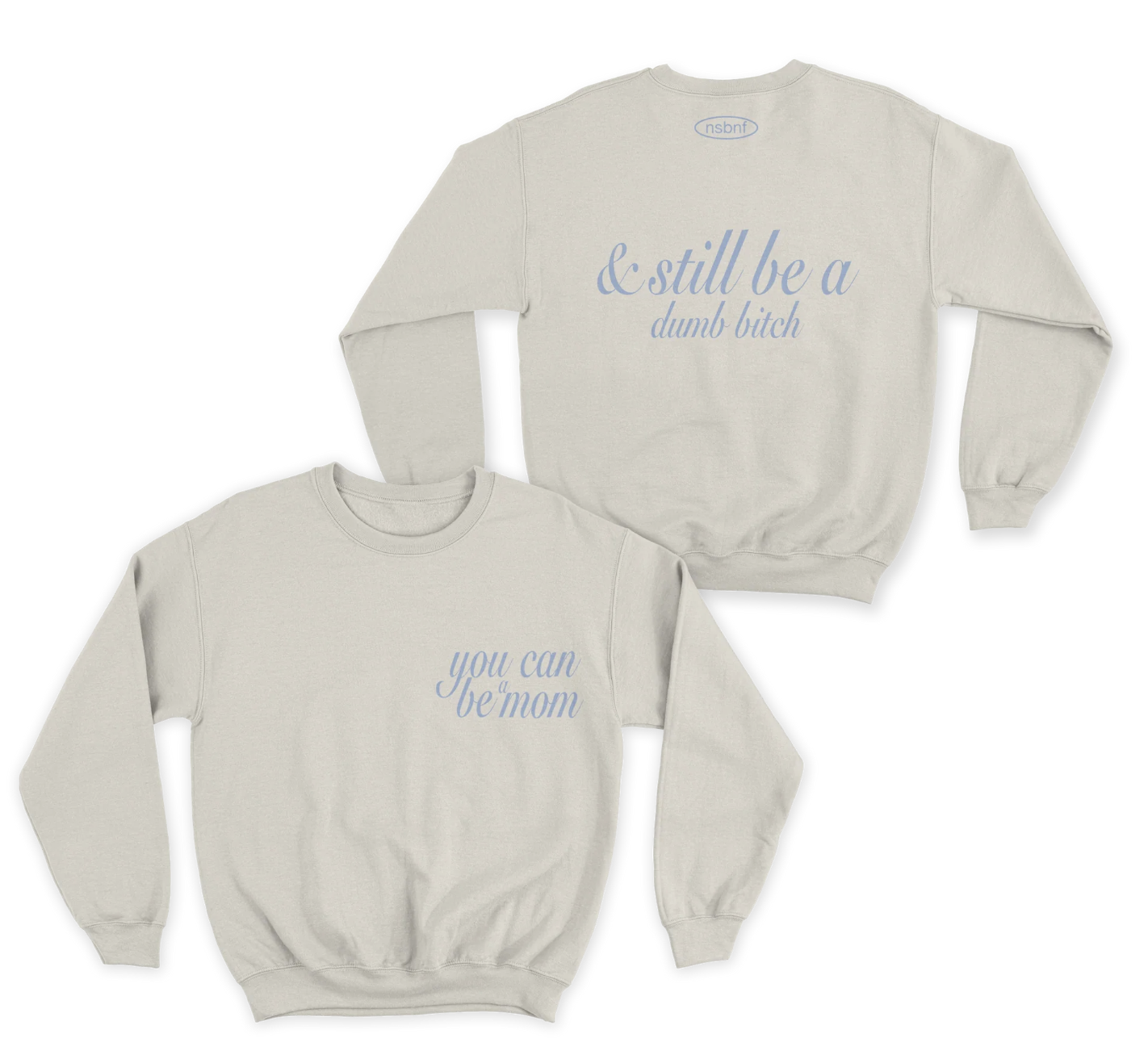

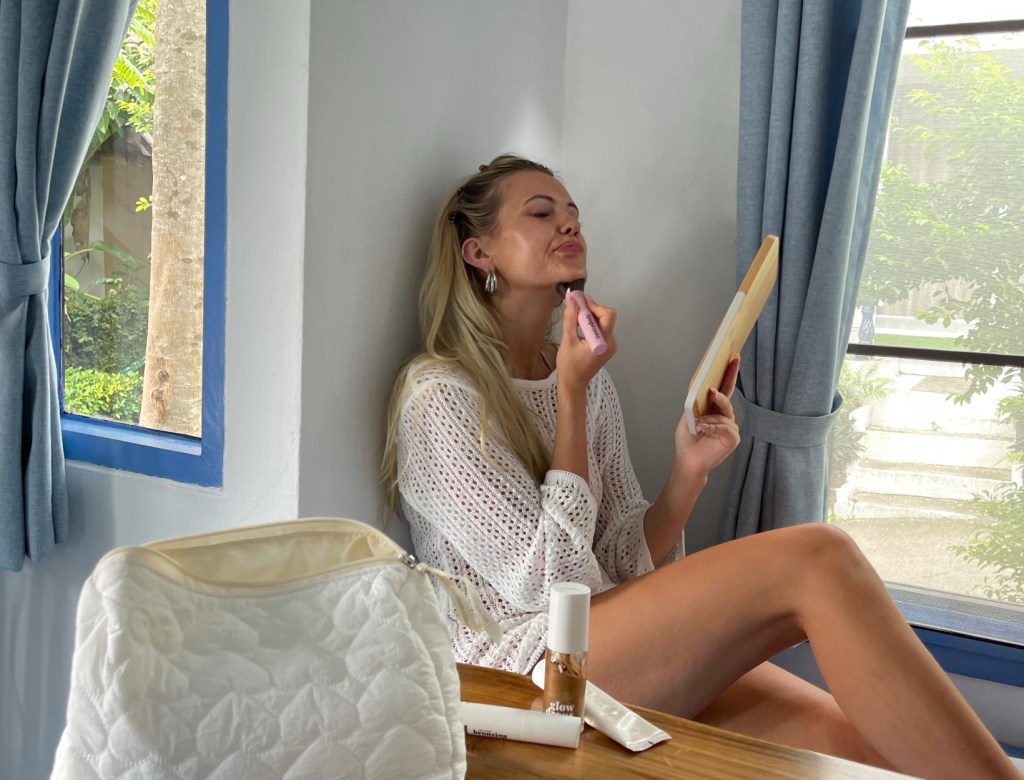

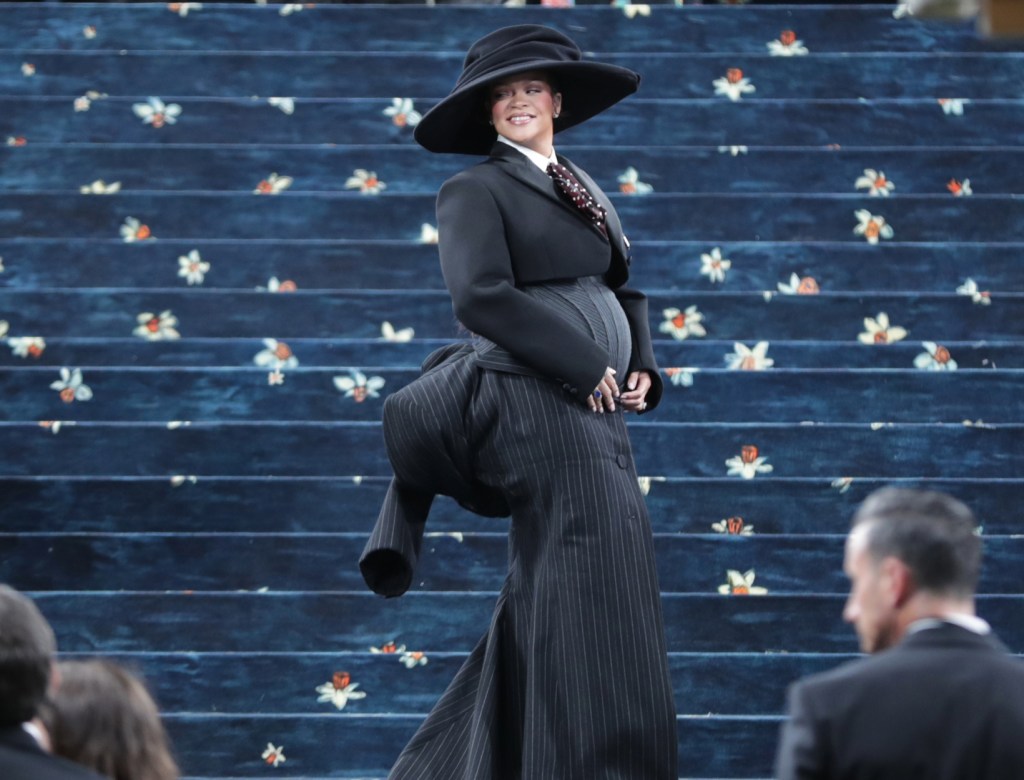
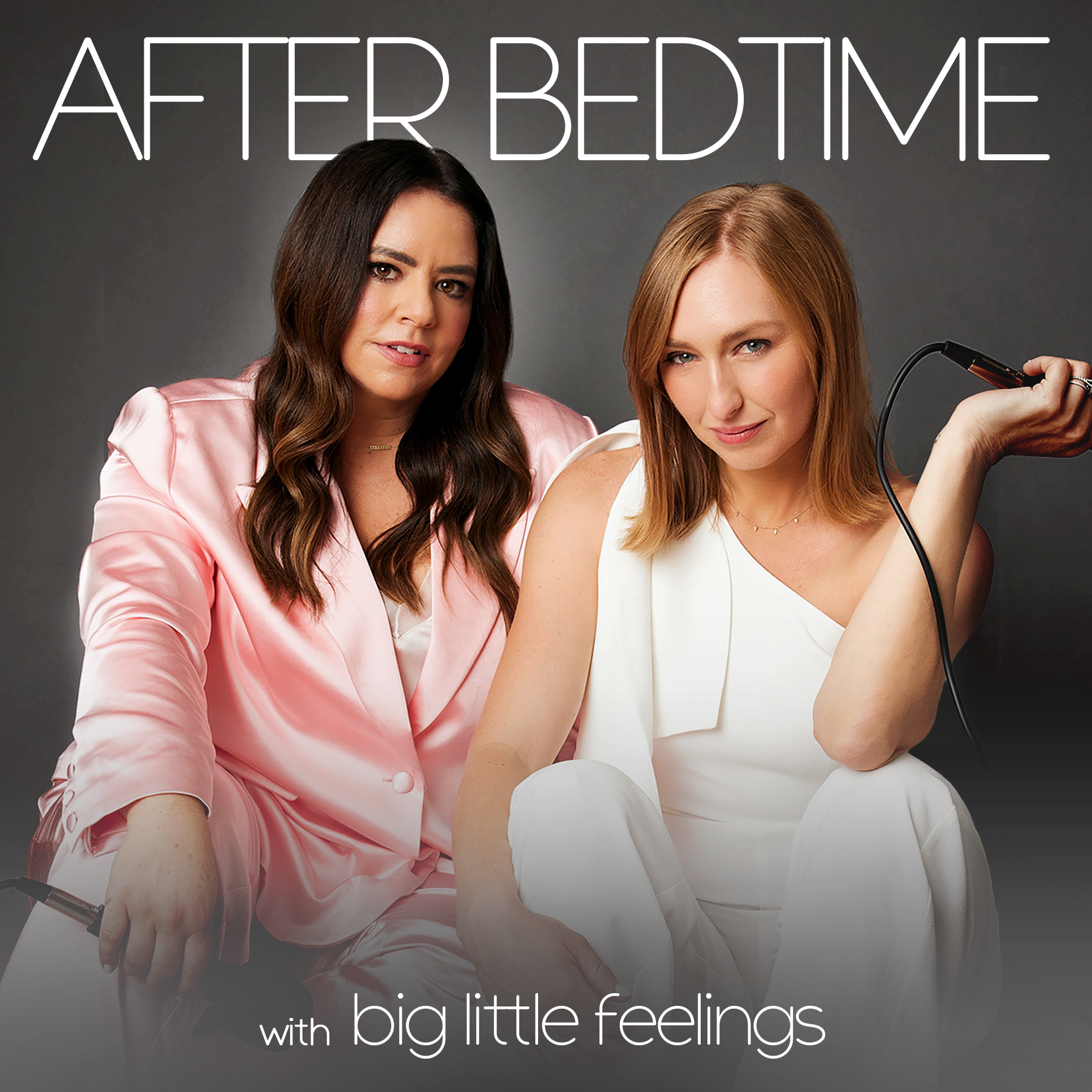

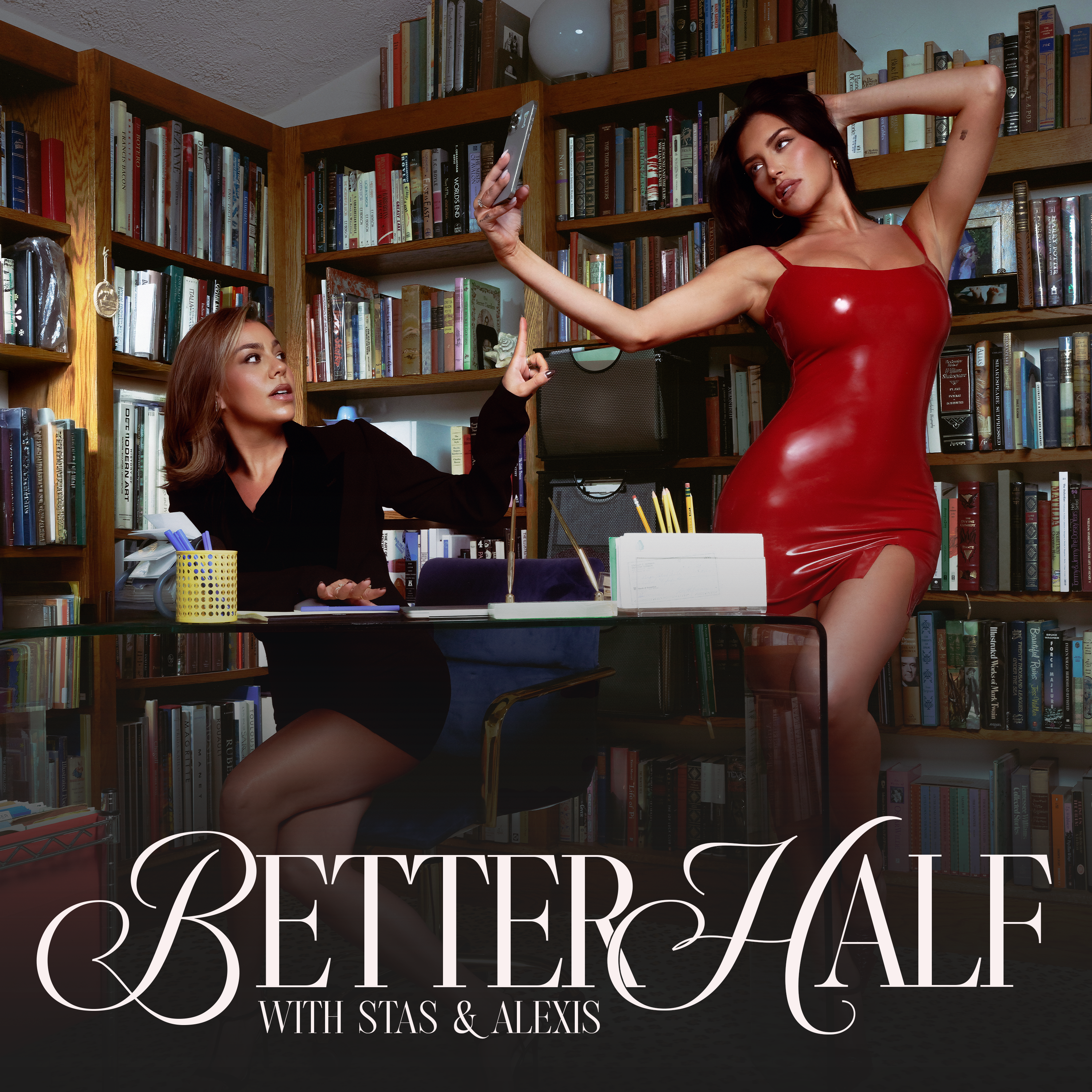
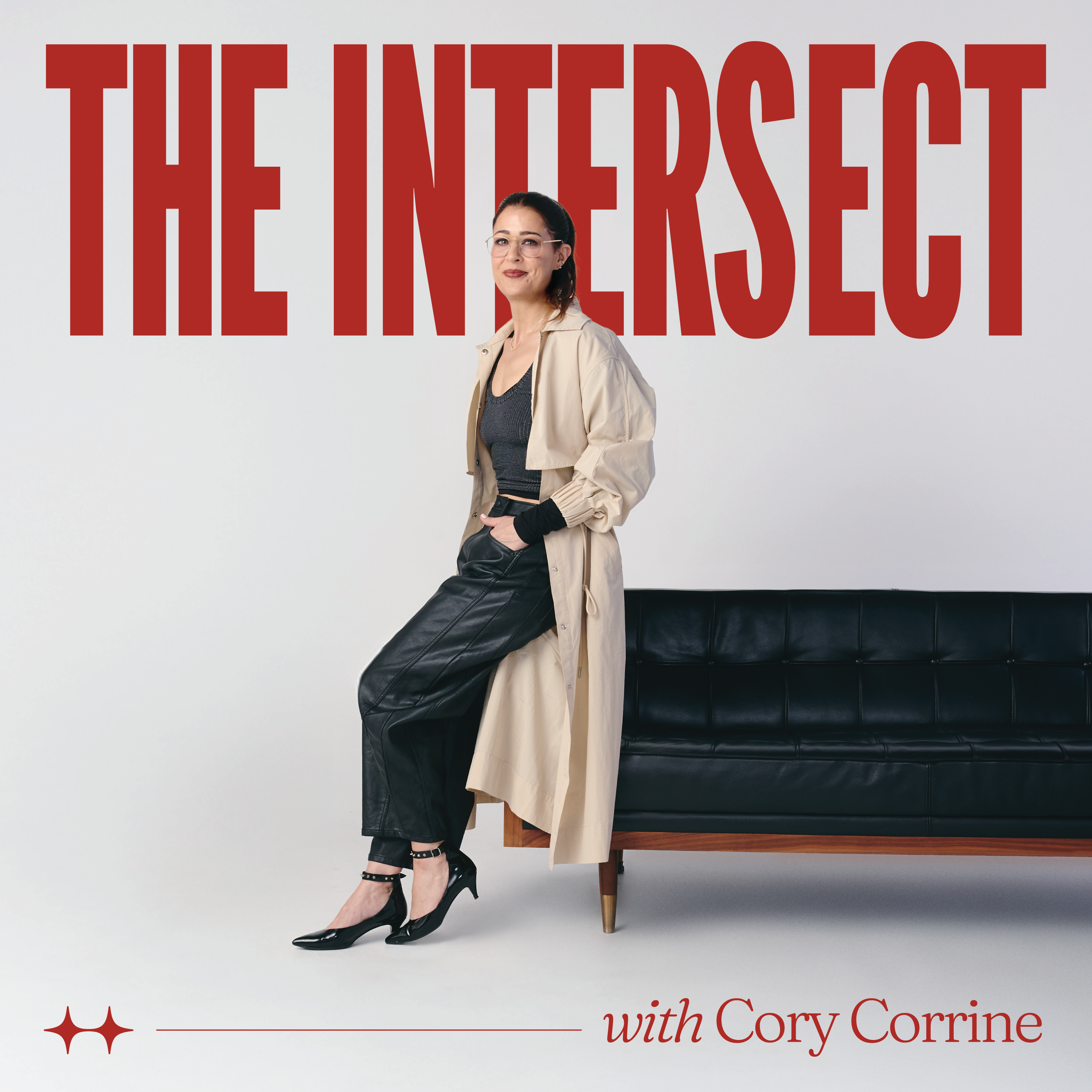



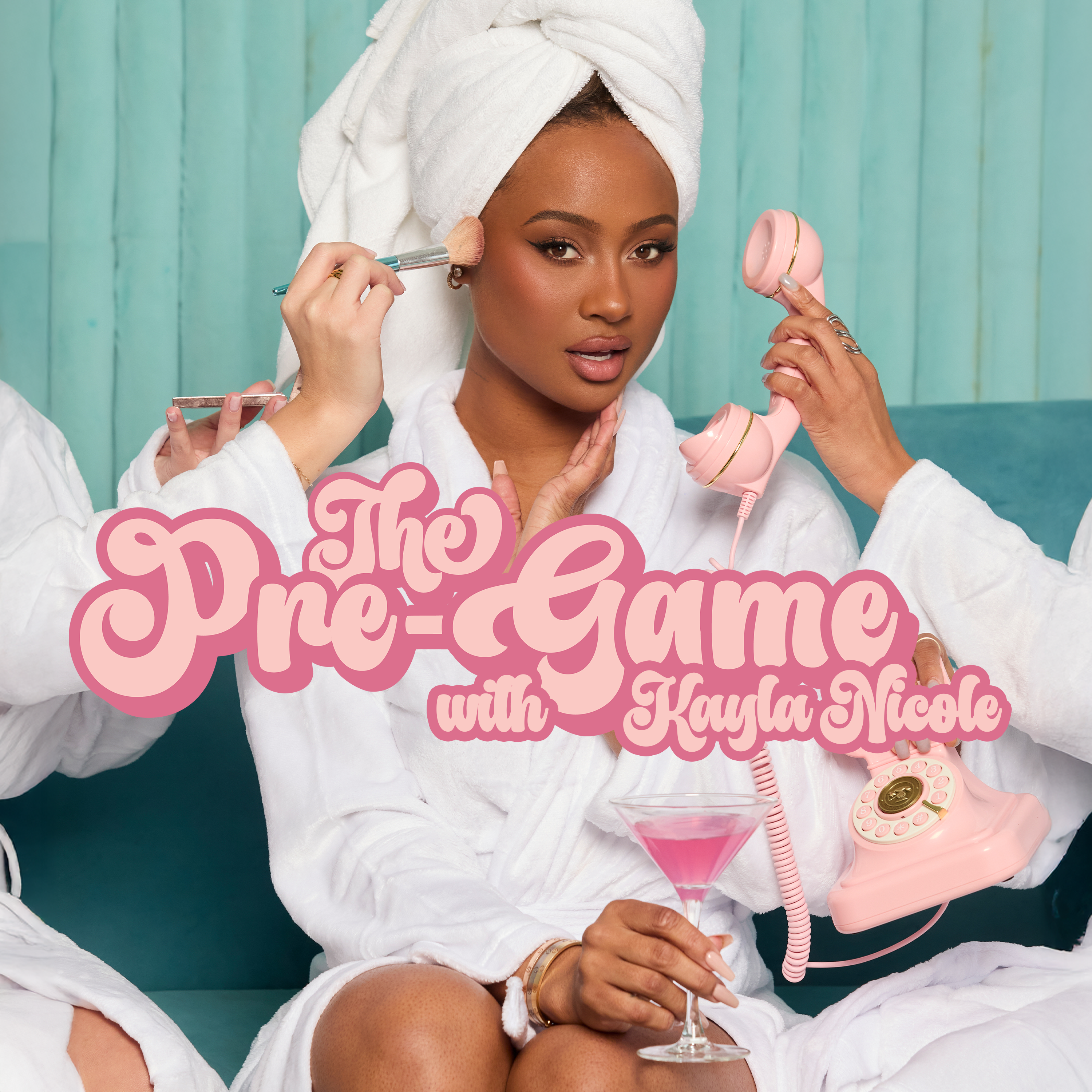



Leave a Reply